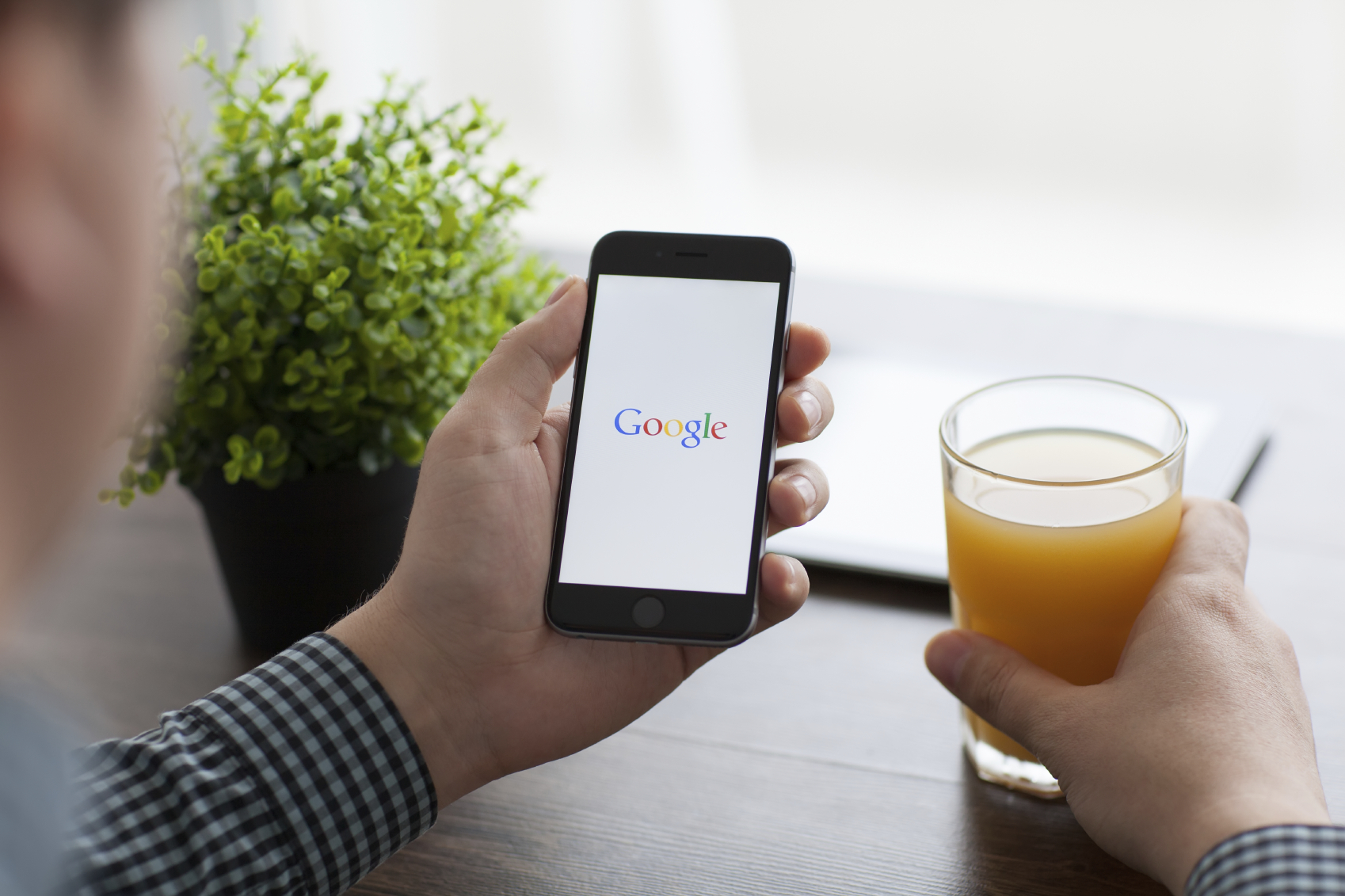What Happened
Google is opening up its vault of user data to help retailers during the holiday shopping season. Pulling aggregated, anonymized data from Google Maps, the Mountain View-based company is for the first time revealing foot traffic insights for various retailers to help them better reach consumers when they’re most in the mood for shopping. Google will also provide a more detailed view of offline measurement by giving advertisers the ability to break out store visits at a keyword or ad-group level, thus helping them understand which keywords or ad groups drive the most store visits.
What Retailers Need To Do
With the help of Google’s data, retailers and advertisers can optimize their store hours and staffing to best serve the holiday shopper crowds based on the ebbs and flows of foot traffic. The ability to break down store visits and attribute them to a specific keyword search can also help retailers get a better understanding of which products are driving the store visits, and adjust their shelf placements accordingly. All retailers aiming to make a sales push during the holiday season would be smart to tap into Google’s data to become better informed of the trends in holiday shopping this year.
Source: AdWeek


